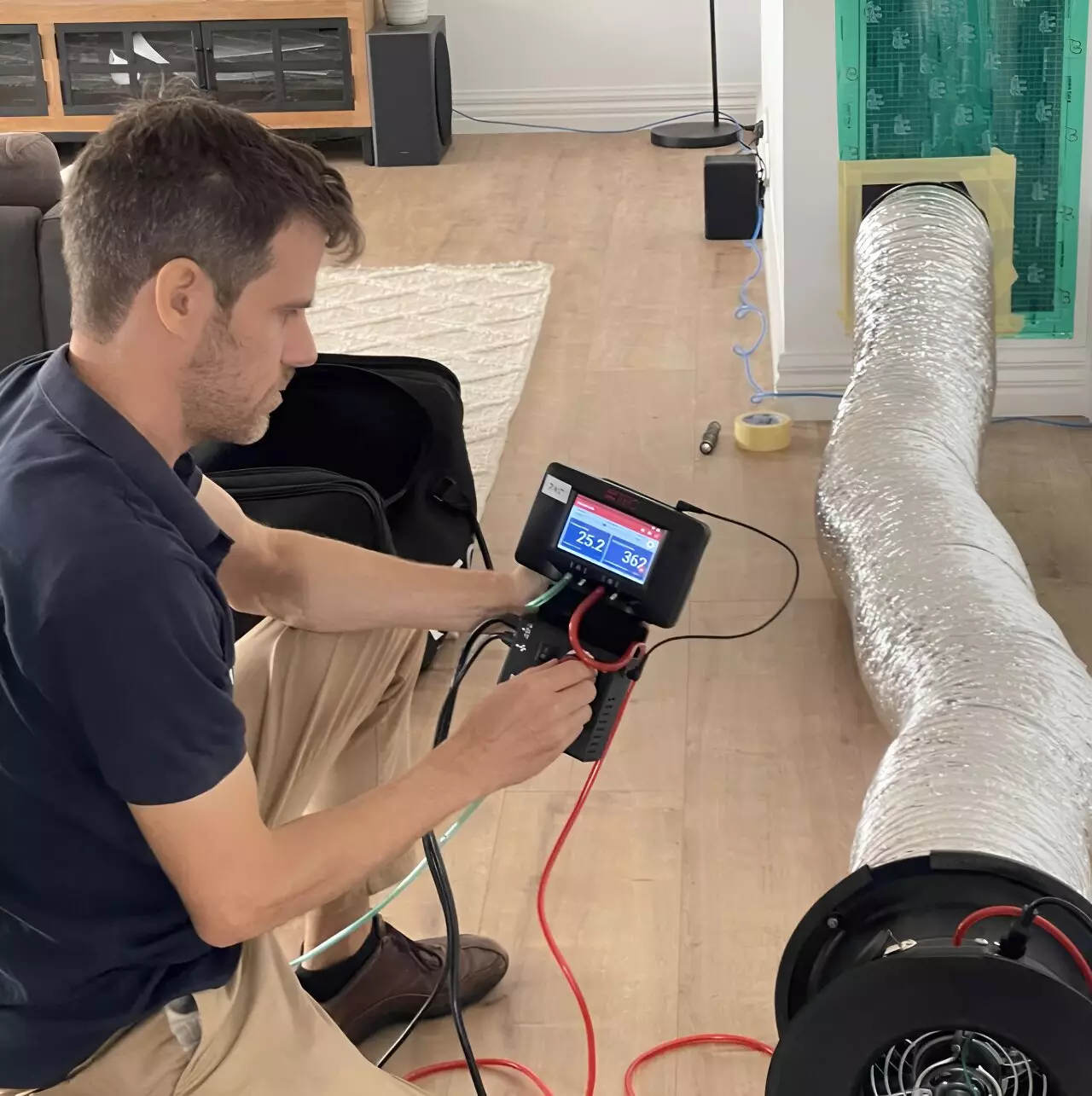Recent research conducted by CSIRO has unveiled some enlightening insights into the level of air tightness in new Australian homes. These findings suggest that modern homes are up to 50% more airtight than those built in 2015. The significance of this discovery lies in the fact that airtight homes not only provide greater comfort to residents but also result in lower energy bills and improved indoor air quality. The prevention of unintended air movements through air tightness plays a crucial role in maintaining a conducive living environment. However, it is essential to strike a balance as homes that are excessively airtight can give rise to issues like condensation, mold growth, and health concerns for occupants due to elevated carbon dioxide and monoxide levels.
The research involved testing 233 recently constructed apartments and detached houses across major cities in Australia. Despite the positive outcome indicating compliance with international standards, there were notable areas for enhancement. Leakage points were predominantly identified in bathroom fans, sliding doors, and inadequate door seals. Interestingly, certain properties exhibited extreme airtightness levels, underscoring the necessity of controlled ventilation to mitigate potential adverse effects on both building performance and occupant well-being. Senior Experimental Scientist Michael Ambrose emphasized the importance of addressing these challenges through cost-effective solutions during construction.
The report put forth several recommendations aimed at enhancing air tightness standards in the National Construction Code (NCC). It advocated for the inclusion of controlled ventilation requirements in new building constructions, particularly in the case of apartments, to combat indoor pollutants and excess moisture. The mandatory integration of air barriers, such as building wraps, was proposed as a preventive measure for future residential developments. Furthermore, the provision of on-site training and educational resources for builders was highlighted as a means to promote awareness and adoption of practices that optimize building performance.
The study drew parallels between the actual air tightness levels observed and those assumed by the Nationwide House Energy Rating Scheme (NatHERS). The correlation between these two metrics bolstered confidence in the accuracy of NatHERS predictions regarding air tightness. The suggestion to display air tightness values on NatHERS certificates and elucidate their impact on the overall energy efficiency star rating was deemed beneficial for consumers and industry stakeholders alike.
The findings from the CSIRO research shed light on the critical role of air tightness in modern housing design. By addressing common air leakage issues and implementing suggested improvements, the Australian construction industry can pave the way for more energy-efficient, comfortable, and healthier living spaces for its residents. Embracing and enforcing the recommended changes in building codes and practices will be instrumental in ensuring the long-term sustainability and performance of new homes in the country.


Leave a Reply